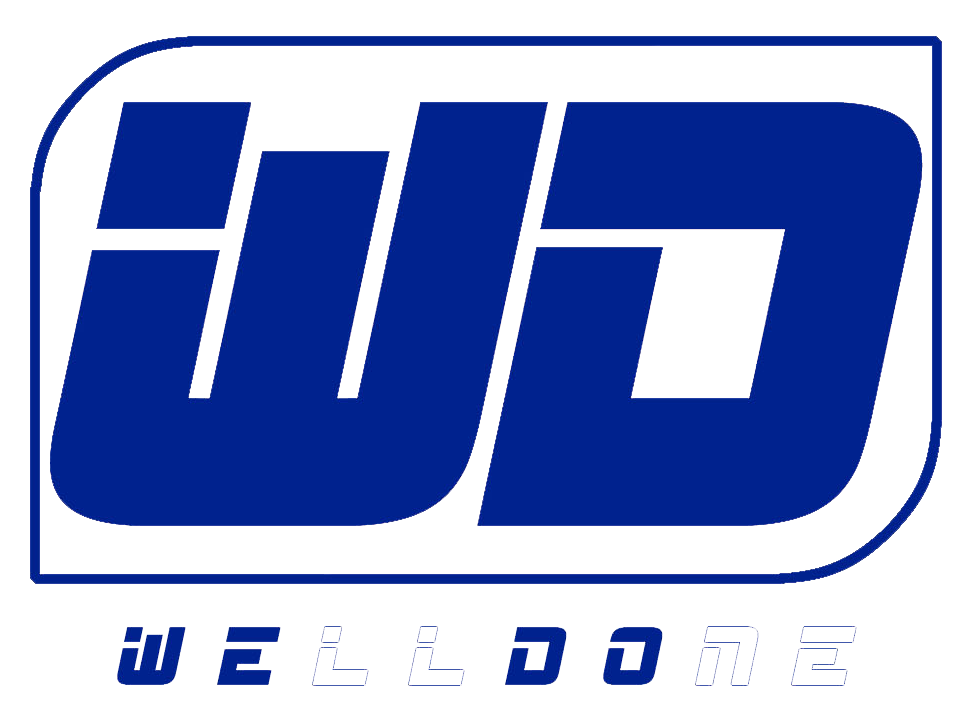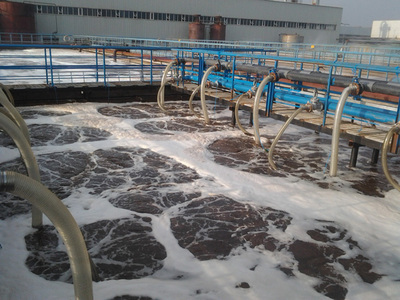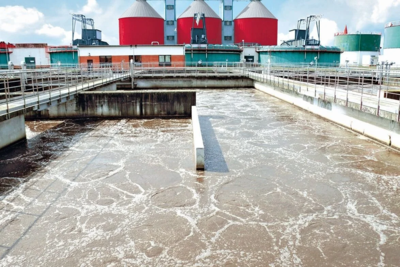High-Efficiency Polyacrylamide (PAM) Polymers for Industrial Wastewater TreatmentIn an era of tightening environmental regulations and rising operational costs, industries worldwide are turning to advanced polyacrylamide (PAM) flocculants for cost-effective, high-performance wastewater treatment. Welldone Chemical Group’s specially formulated PAM polymers are engineered to address the toughest effluent challenges—from oil refineries to municipal sewage plants. ✔ How PAM works in wastewater treatment. ✔ Key product types (Anionic, Cationic, Non-ionic) and their applications. ✔ Real-world advantages over conventional solutions.
1. The Science Behind Polyacrylamide Flocculants Polyacrylamide is a water-soluble polymer that acts as a ""molecular glue,"" binding suspended particles (colloids, oils, metals) into larger clumps (flocs) for easy removal. How It Works:
""Our PAMs are optimized for rapid flocculation, cutting process time by 30–50% compared to generic polymers."" — Welldone Chemical Group R&D Team 2. Product Range & Applications We offer **three primary PAM formulations**, each tailored to specific wastewater types:
Key Features:
3. Competitive Advantages A. Cost Savings
B. Environmental Compliance
C. Ease of Use
4. Case Study: Cationic PAM in UAE Oil & Gas A UAE offshore oil platform reduced **oil-in-water content from 200 mg/L to <10 mg/L using our CPAM-80 series, saving $250,000/year in disposal fees. |


